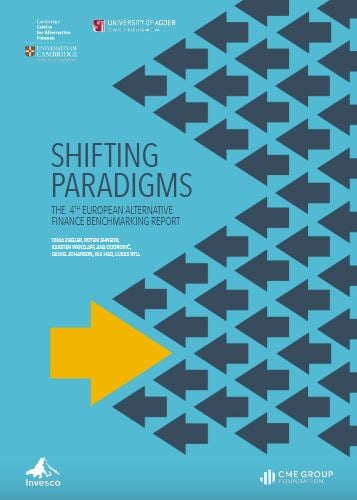The promises and perils of crowdlending
Crowdfunding is an increasingly popular way to finance new and small businesses. What are its advantages and disadvantages?
Crowdlending has emerged in recent years as an innovative way to finance new ventures and small companies. However, digitalized funding is a new technology itself and it is often subject to mispricing and inefficiencies. Investors should be careful when approaching this form of FinTech.
Peer-to-peer (P2P) lending, also known as crowdlending, refers to the money-lending activities (to individuals or businesses) through online platforms that match lenders with borrowers. P2P lending is part of the FinTech “revolution” aiming at disintermediating financial services: in fact, P2P lending platforms claim they can challenge traditional banks by providing a better (online) match of supply and demand of capital more cheaply than traditional financial institutions.
P2P lending is proliferating non only in developed economies but also in emerging markets and, at current growth rates, it is poised to reach a volume of several trillions in the next few years.
In light of potential gains from disintermediation, the rapid growth of this innovative financial service is understandable. Nevertheless, it has also resulted in the failure of some platforms and cases of malpractice or dysfunctionality recorded in others. For example, in May 2016, the CEO of Lending Club, a US-based P2P lending platform, was terminated amid concerns about the quality of a portfolio of loans sold to a third party. Being Lending Club not only the first marketplace to match investors and borrowers online but also the industry’s flagship firm - the first to go public and the largest in terms of the loans it has facilitated – the news raised concerns about the quality of loans transacted in this mostly unregulated segment of the FinTech industry.
The good and bad of crowdlending
Among the main advantages that crowdlending brings to financial markets, there are:
- lower costs of financial intermediation;
- higher level of diversification of family and SME portfolios; and
- larger volumes of debt capital available for SMEs as crowdlending in an alternative and more flexible source of financing.
Moreover, there are studies that position crowdlending as a useful supplement, if not also a substitute, of traditional banking due to the inclusion effect it has on unbanked people and firms.
However, there are also critical risks associated with profilerating and strong crowdlending activity. Firstly, there is the risk of misallocation of capital in the economy due to the absence of relevant incentives for the crowdfunding platforms to select and monitor borrowers. This is not only because they do not generally retain any part of the loan on their own balance sheet, but also because they need to deal with a huge volume of demand for both loans and investment opportunities. The result of this situation is that low-quality borrowers will be flooded with capital and nobody is monitoring the issued loans or bonds. Secondly, the surge in crowdfunding activity has been realized during a relatively booming phase of the economic cycle. This fact, coupled with a degree of piling up happening due to the increasing involvement of institutional investors in crowdfunding, may generate an accumulation of risks that could be very dangerous in case higher than expected insolvencies were to occur. Moreover, there are risks connected to the bankruptcy of the crowdfunding platform, which would cause in many cases the interruption of the debt servicing activity they provide on outstanding loans.
Therefore, it is important to ensure that platforms have good risk management systems. Platforms are experimenting with new methods of credit scoring that rely on big data and machine learning. While these techniques are promising, they are still untested. Importantly, due diligence and scoring models are currently not supervised.
Risks ad returns in crowdlending
An EDHEC paper studied a dataset comprising above 6000 loans transacted on 73 distinct European P2P crowdlending platforms from 2012 to 2018. The relation between promised returns and risk profile of the borrowers has been investigated, finding that the returns are not consistent with the riskiness borne by lenders. Therefore, the results cast some doubts on the sustainability of crowdlending and highlight the risk of underestimating the potential inefficiency of a more and more important segment of FinTech.
Financial regulator should consider carefully crowdlending and the threats posed by this growing segment of FinTech.





